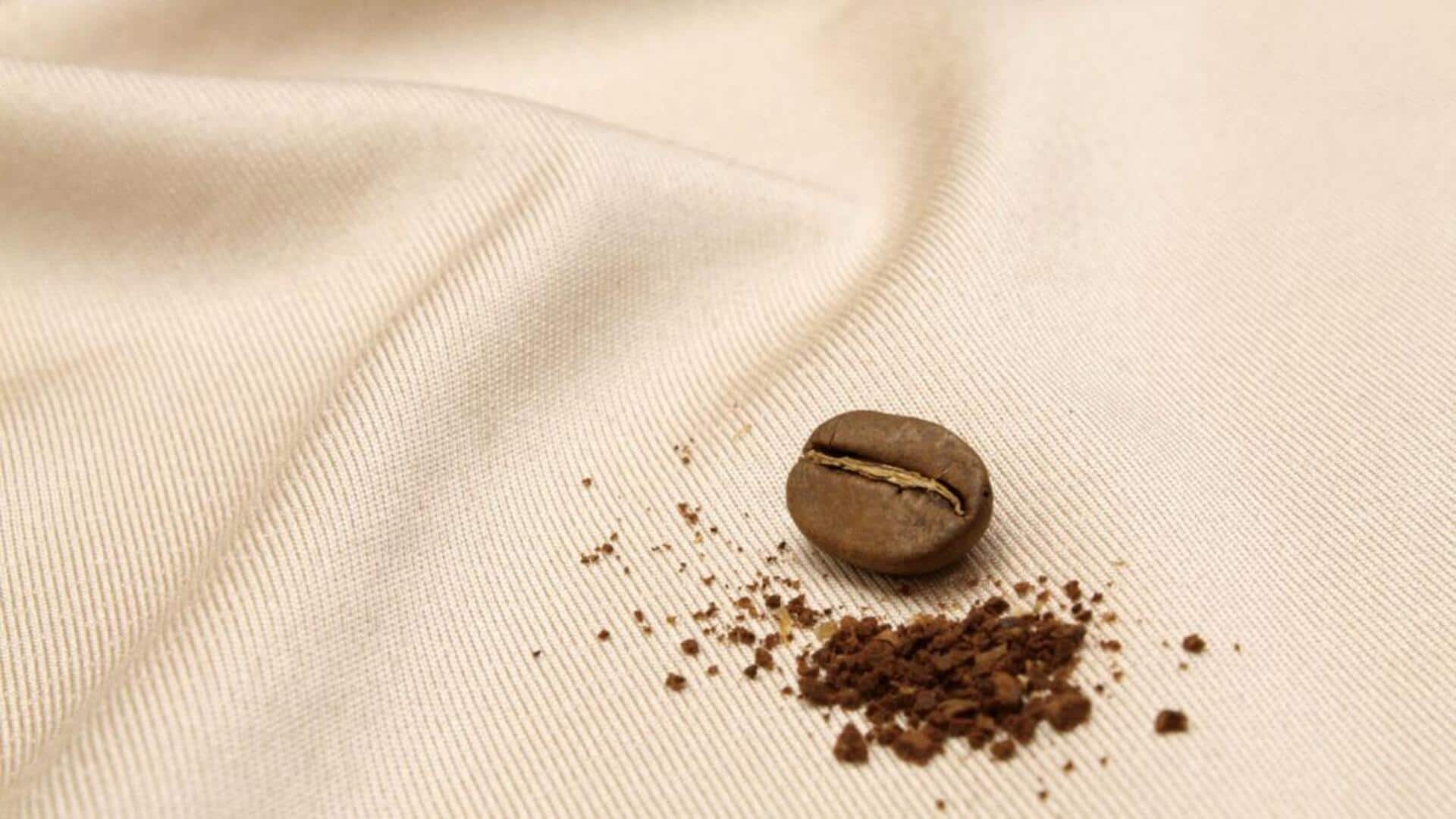
The rise of coffee ground fabric in eco-friendly fashion
What's the story
In the realm of sustainable fashion, there is a new buzz(ing) material: fabric made from coffee grounds. This novel concept not only addresses waste reduction but also promises a fashionable way to keep warm. Read on to discover how this innovative fabric is transforming thermal insulation, merging eco-friendliness with style effortlessly.
Background
The birth of coffee fabric
The unlikely journey of coffee grounds from espresso machines to high-fashion wardrobes started with a simple, yet profound, discovery: used coffee grounds aren't just waste, they're a resource with untapped potential. Researchers found that when properly processed, these coffee grounds could be spun into yarns and woven into fabrics. This innovative approach not only minimizes waste but also harnesses the natural odor-absorbing and UV-blocking properties of coffee.
Key concept
A closer look at thermal insulation
The key advantage of coffee grounds fabric in thermal wear is its superior insulation performance. The fabric's structure, combined with the processed coffee particles, forms a natural barrier against the cold while maintaining breathability for the skin. This balance provides warmth without the risk of overheating, making it suitable for different climates and activities.
Practical advice
Styling with sustainability
Going green doesn't have to mean giving up on looking great. For a more relaxed vibe, try a lightweight jacket or scarf made from coffee grounds fabric. These pieces are perfect for staying warm and cozy, and they add a special touch to any outfit with their unique texture and beautiful color palette, naturally inherited from the coffee.
Sustainability
Beyond fashion: A sustainable choice
Wearing clothes made from coffee grounds fabric isn't just a fashion statement; it's a badge of honor for eco-warriors. By supporting these innovations, we're turning waste into wearable art, keeping landfills a little lighter, and pushing the fashion industry toward greener pastures. This isn't just a trend; it's a lifestyle—a chance to marry function and eco-friendliness, leaving a positive mark on both our planet and our wardrobes.